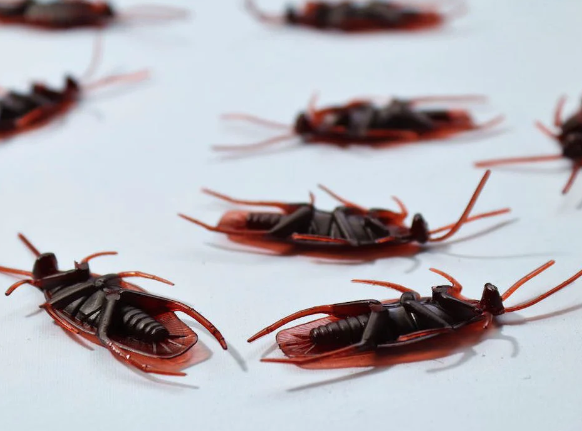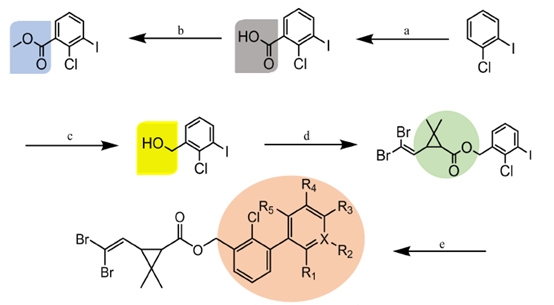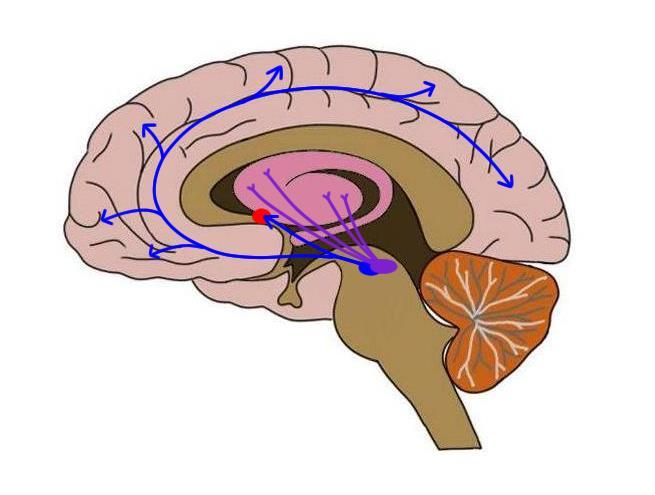The toxicity of Bifenthrin
Introduction
Synthetic pyrethroids, including bifenthrin (BF), have been found to induce oxidative stress in animal models resulting in both increased oxidant markers and decreased antioxidant activities. BF is a type I pyrethroid insecticide that can cross the blood-brain barrier and induces neurotoxicity by prolonging the opening of voltage-gated sodium channels (VGSC). This prolonged opening of Na+ channels results in persistent depolarization leading to repetitive firing, and if the exposure is high enough, it can lead to seizures, paralysis, and death.

Uses
Bifenthrin is a broad use pyrethroid insecticide used both indoors and outdoors. Example indoor uses of bifenthrin include: Bed bugs control products, Dairy and cheese processing facilities, Pest control products for pets, and Restaurants.
Example outdoor uses of bifenthrin include: Agricultural crops including beans, root vegetables, hops, and melons, Christmas tree farms, and Commercial and industrial lawns.
Bifenthrin is listed as a restricted use pesticide by the US Environmental Protection Agency (EPA); however, bifenthrin can be purchased for residential use in lower concentrations. Bifenthrin is a high production chemical and there are over 600 products containing bifenthrin available in the US.
Toxicity
Bifenthrin is highly toxic to mice when ingested, with an acute oral LD50 of 43 mg/kg, and moderately toxic to rats when ingested, with an acute oral LD50 ranging from 53.4 to 210.4 mg/kg.
Bifenthrin is neurotoxic and targets voltage-gated sodium channels in neurons. Its low toxicity in mammals has resulted in widespread use both in agricultural and urban applications. Bifenthrin-induced rodent neurotoxicity was found to be reversible. There is no evidence that bifenthrin has any significant toxicity to humans or higher mammals. Bifenthrin is classified by USEPA as a Category C, possible human carcinogen.
In human, reversible paresthesia was the commonest symptom from dermal exposure in occupational studies involving pyrethroids; however, it did not escalate to systemic intoxication. Skin sensations included tingling, itching, burning, and numbness of the skin after dermal exposure.
You may like
Related articles And Qustion
See also
Lastest Price from Bifenthrin manufacturers

US $0.00/kg2025-09-23
- CAS:
- 82657-04-3
- Min. Order:
- 1kg
- Purity:
- 98%
- Supply Ability:
- 1000kgs

US $1.00/KG2025-04-21
- CAS:
- 82657-04-3
- Min. Order:
- 1KG
- Purity:
- 99%
- Supply Ability:
- 10 mt



